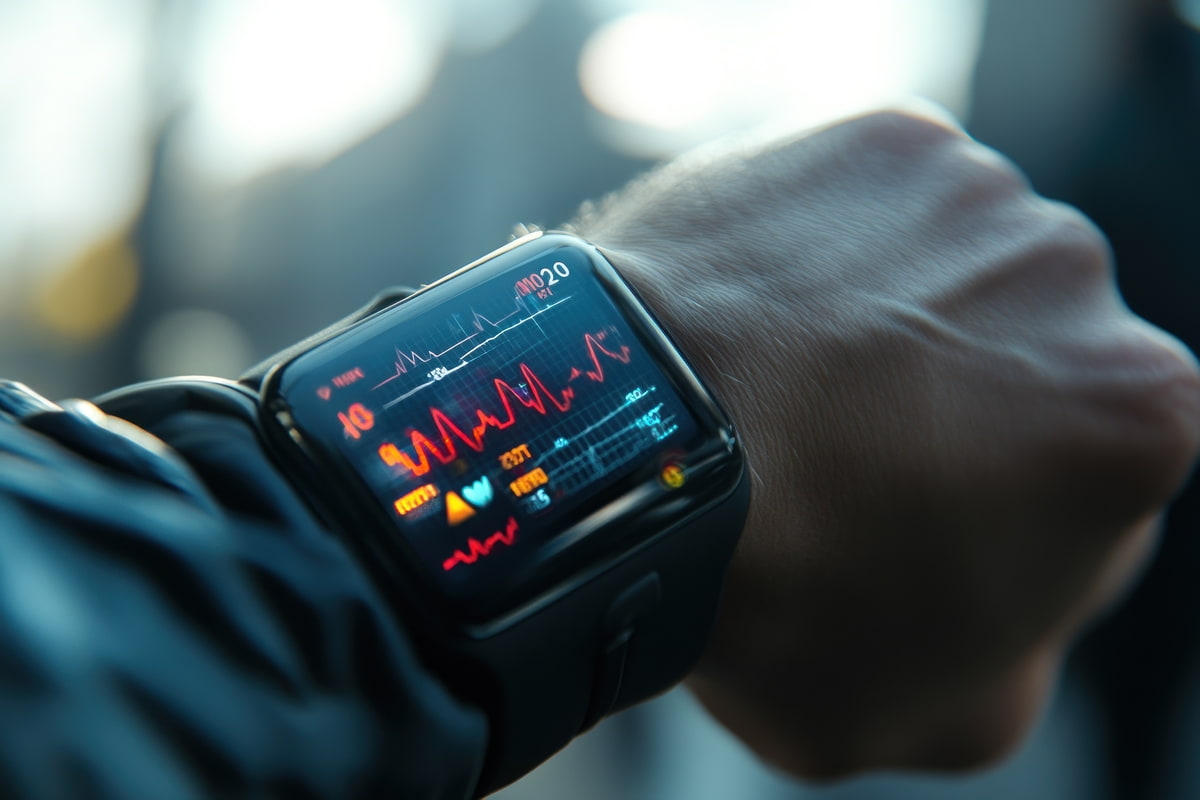
Do Third-Party Smart Watch Bands Affect Sensor Accuracy? Guide 2025
As smart watches become essential health monitoring devices, many users consider third-party bands for style and comfort. While accessories like the InvisQi wireless charger maintain performance across devices, watch bands can affect sensor accuracy in various ways.
Understanding Sensor Technology
Smart watch sensors rely on several factors:
- Skin Contact: Consistent surface connection
- Pressure Level: Optimal sensor placement
- Material Properties: Light and signal penetration
- Band Fit: Stability during movement
Impact on Different Sensors
Various sensors react differently to band changes:
- Heart Rate Monitor: Contact sensitivity
- Blood Oxygen Sensor: Light transmission
- ECG Readings: Electrical conductivity
- Motion Sensors: Position stability
Band Material Considerations
Different materials affect performance:
- Silicone Bands: Flexibility and fit
- Metal Bands: Weight and stability
- Fabric Bands: Breathability factors
- Leather Options: Comfort vs. accuracy
Commercial Applications
Business environments should consider:
- Health Monitoring: Accuracy requirements
- User Comfort: Extended wear needs
- Durability: Long-term use considerations
- Cost Effectiveness: Quality vs. price
Best Practices
For optimal sensor performance:
- Choose Quality Bands: Verified compatibility
- Proper Fit: Maintain correct tension
- Regular Cleaning: Keep sensors clear
- Monitor Accuracy: Check reading consistency
Future Developments
Industry trends include:
- Advanced Materials: Better sensor compatibility
- Smart Bands: Enhanced monitoring features
- Improved Design: Balance of style and function
- Integration Options: Better device compatibility
While third-party smart watch bands can affect sensor accuracy, choosing quality bands and following proper fitting guidelines can help maintain reliable readings. Understanding these factors helps in selecting bands that balance style with functionality.






